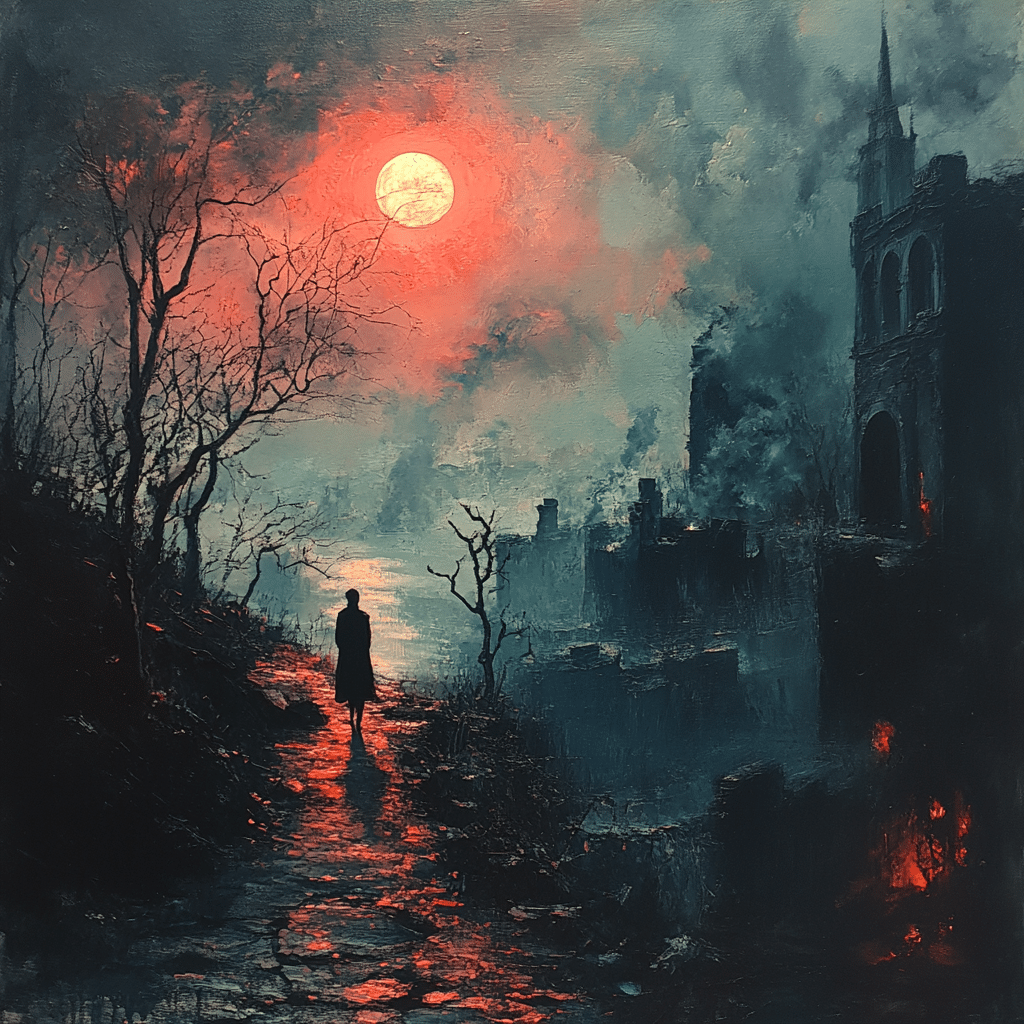Exploring Bilston’s Enameling Heritage
Bilston, a charming town in the West Midlands of England, boasts a remarkable legacy in the craft of enameling. This skilled artistry flourished in the 18th century, paving the way for Bilston to become a beacon of high-quality enamelware. Historical records reveal that local artisans honed their talents, blending artistry with practicality to create beautiful yet functional items like bonbonnieres, patch boxes, and scent boxes.
Over the years, the importance of enamel craftsmanship underwent a transformation, closely tied to various artistic movements and technological advancements. As Bilston grew, so did its reputation as a center for enameling. Craftsmen developed unique techniques that merged traditional skills with emerging styles, resulting in a wide range of products that appealed to both local and international markets. This evolution not only enriched Bilston’s artistic tapestry but also reflected broader societal changes, emphasizing the town’s adaptability and resilience.
Despite its economic challenges, the town’s enameling heritage continues to evoke a sense of pride among residents. It’s a testament to the people of Bilston, whose dedication to their trade has left an indelible mark on British industrial history. The thriving enamelware industry, once central to the local economy, remains a vital part of Bilston’s identity, captivating visitors and artisans alike.

Top 5 Bilston Enamelware Craftsmen Who Defined the Trade
Understanding the success of Bilston’s enameling craft is impossible without acknowledging the talented individuals who shaped it. Here are five artisans whose contributions were pivotal in defining Bilston’s legacy:
The Enameling Process: Craftsmanship and Innovation in Bilston
The enameling process in Bilston is a fascinating blend of traditional craftsmanship and modern innovation. Artisans often start with a base, typically copper or brass, skillfully preparing it for the application of enamel. This involves cleaning and smoothing the metal, setting the stage for the art to follow.
Once the base is ready, finely crushed glass—known as enamel powder—is sifted onto the surface. This powder requires precise firing in a kiln, where temperatures can reach 800 degrees Celsius or higher, causing the glass particles to melt and fuse to the metal. Techniques such as cloisonné and champlevé illustrate the depth of skill involved—each requiring unique methods and tools.
As technology has evolved, so too have the practices in Bilston. Modern artisans incorporate advanced tools and materials while keeping cherished traditional methods alive. This harmony of old and new keeps Bilston’s enameling craft relevant and thriving. The future artisans bear the responsibility of respecting history while exploring new avenues for artistic expression and market engagement.

Economic Impact: Bilston’s Enamelware Industry on Local Growth
The economic influence of Bilston’s enameling craft cannot be overstated. In the 19th century, the industry attracted a skilled workforce, boosting local commerce and creating a robust ecosystem that thrived on innovation and creativity. Factories like the Bilston Enamel Works employed hundreds, fostering a strong sense of community.
As production expanded, so did the demand for local materials and services, leading to growth in ancillary businesses. This surge in the enameling trade transformed Bilston into a vital industrial hub in the West Midlands. The revenues generated supported local families and provided opportunities for various trades and services, securing the town’s future for years to come.
Yet, like many industrial towns, Bilston faced challenges as market demands shifted. Today’s artisans are now striving to revive and sustain this cultural heritage through local businesses and tourism initiatives. Their tireless efforts reflect a commitment to honoring the past while navigating the modern economic landscape.
The Modern Renaissance: Reviving Bilston’s Enamel Heritage
In recent years, Bilston has witnessed a revival of its enameling tradition, driven by fresh generations of artists and avid cultural enthusiasts. These contemporary artisans are breathing new life into the craft by fusing traditional techniques with modern themes. Notable artists, such as Sarah McGowan, exemplify this trend, combining age-old processes with innovative designs that appeal to a today’s discerning consumers.
This modern renaissance is not just about crafting beautiful pieces; it’s also about sustainability. Artisans are employing eco-friendly practices that reflect a growing awareness of environmental issues. By utilizing sustainably sourced materials and reducing waste, these craftsmen are helping ensure that Bilston’s enameling legacy can flourish without compromising the future.
Moreover, local initiatives are working diligently to promote Bilston as a hub for enameling skills. Workshops, exhibitions, and artist collaborations are increasingly common, inviting both locals and tourists to engage with this art form. The vibrant atmosphere fosters creativity, and by inspiring visitors, it helps position Bilston as an essential destination for art lovers and those exploring British craftsmanship.
Crafting a Bright Future for Bilston’s Enameling Tradition
Bilston’s enameling craft, rich in history and artistry, continues to encapsulate a significant part of British industrial heritage. The confluence of past artisans’ works and current creators sets the stage for an enduring legacy, underscoring the town’s evolution in artistry. Striking a balance between tradition and innovation is crucial for the future of this craft.
Despite facing the realities of modern consumerism, liveliness and creativity in Bilston’s enameling scene ensure a promising horizon. By celebrating its rich tapestry of styles and techniques, Bilston illuminates a path of respect for historical practices while remaining open to new influences. The town’s enduring devotion to this craft serves as a shining example of heritage preservation, inspiring hope and ambition for generations to come.
In conclusion, Bilston stands tall as a symbol of resilience, creativity, and craftsmanship. As we look ahead into 2024 and beyond, it is clear that Bilston and its enameling tradition will continue to flourish, keeping the spirit of artistry alive and vibrant. For more information about other intriguing topics, readers can check out our articles about Royal Hospital sunderland, Gina Portman, and What Is a jumbo mortgage.
Bilston’s Remarkable Enameling Craft and Unique History
A Colorful Past
Bilston, nestled in the West Midlands, has a vibrant history that dates back to the 13th century. Originally a coal-mining hub, it transformed over the years into a prominent center for metal enameling. Did you know that during the 18th century, Bilston produced some of the finest enamels in England? This craft attracted countless artisans, each adding their flair to the colorful landscape of ceramics and metalwork. One can imagine the bustling workshops cranking out pieces that would eventually find their way into homes, just like the charm of places like Balham, known today for its unique vibe.
Trivia Time!
Speaking of fascinating facts, Bilston’s enameling techniques were heavily influenced by European designs, especially from regions like Ballygawley, where artisans honed their skills over generations. The local industry flourished, making Bilston the go-to place for exquisite enamelware. Interestingly, the local rivalry for the best craftsmanship often led to lively contests among artisans, a bit like the classic question: who won The fight? which intrigues many sports fans. Besides, Bilston is not just about metals and ceramics; it’s also a community rich in traditions, with local events showcasing its heritage year-round.
A Cultural Mosaic
Fast forward to today, and Bilston remains a treasure trove of history and craftsmanship. The town is beautifully peppered with art pieces that reflect its storied past. If you’re lucky enough to visit, you may spot stunning enamel panels that seem to embody the spirit of Barnt Greens artistic flair. Beyond artifacts, Bilston is also home to thriving local businesses that contribute to the economy, much like the way rental income tax impacts property owners’ decisions in urban settings.
Bilston is a delightful fusion of history and artistry, and the stories behind its enameling craft are still being written. So, if you ever find yourself in the area, take a moment to appreciate the remarkable craftsmanship that has stood the test of time!

What is Bilston famous for?
Bilston is famous for its rich history in enameling, particularly during the 18th century, with beautiful items like bonbonnieres, patch-boxes, and scent boxes showcasing this craft.
Is Bilston a nice place to live?
While some may find Bilston charming with its historic sites, it has a reputation for being one of the more dangerous medium-sized towns in England, Wales, and Northern Ireland, so opinions on whether it’s a nice place to live can vary.
What is the meaning of Bilston?
The name Bilston derives from “the dwellers at Bil,” with roots in Old English. It reflects the town’s history of settlers rather than the more common interpretation of the word “ton” meaning settlement.
What city is Bilston?
Bilston is part of the City of Wolverhampton, and it sits comfortably within the larger metropolitan area of this well-known city.
What celebrities were born in Bilston?
Notable celebrities who were born in Bilston include famous names like musician Steve Bull and comedian Johnny Vegas, who have made significant contributions to the entertainment industry.
Why is Bilston called Bilston?
Bilston’s name comes from the Old English word saetna, which means the settlers, hinting at its long-standing history of habitation by various groups.
What is the rough part of Wolverhampton?
Wolverhampton, which encompasses Bilston, has areas that some consider rough, but it’s wise to check local guides and listen to community insights for a better understanding of safety.
How many people live in Bilston?
The population of Bilston is around 38,000, making it a bustling town with a mix of culture and community.
Is the Black Country a nice place to live?
The Black Country, where Bilston is located, often has a mixed reputation; some love it for its industry and heritage, while others may view it as less desirable due to economic challenges.
What Dumfries means?
Dumfries means “the land at the river,” coming from Gaelic and reflecting its position by the River Nith.
What is the history of Bilston and Battersea enamels?
Bilston and Battersea enamels have a history tied to skilled craftsmanship that peaked in the 18th century, known for producing elegant and decorative pieces, reflecting the artistry and craftsmanship of their time.
What does Aberdeenshire mean in English?
Aberdeenshire translates to “the district around Aberdeen” in English, identifying it as an area centered around the city of Aberdeen in Scotland.
What is the ethnicity of Wolverhampton?
Wolverhampton is quite diverse; it has a mix of ethnicities, with significant communities of South Asian, Black, and White British residents, contributing to an eclectic cultural scene.
Who is the most famous person from Wolverhampton?
The most famous person from Wolverhampton is often regarded as J.R.R. Tolkien, the legendary author of “The Hobbit” and “The Lord of the Rings,” who spent part of his childhood there.
What is a person from Wolverhampton called?
People from Wolverhampton are commonly known as “Wulfrunians,” a nod to the town’s historical name and heritage.
What is the history of the Bilston Market?
Bilston Market has a long history, dating back to the early 19th century, serving as a vital community hub for shopping and social interaction over the years.
Who is the most famous person from Wolverhampton?
As previously mentioned, J.R.R. Tolkien is often celebrated as the most famous person from Wolverhampton, given his significant impact on literature and popular culture.
What is the history of the trumpet Bilston?
The trumpet Bilston refers to a historical style of trumpet-making in Bilston, which thrived in the 18th and 19th centuries, known for producing high-quality instruments for musicians.
What is West Brom famous for?
West Bromich, not far from Bilston, is famous for its football club, West Bromwich Albion, and its rich industrial heritage, including coal mining and metalworks.



